
Rachenahalli is one of the few living lakes in north Bangalore. It is connected to water bodies upstream and downstream, particularly Jakkur Lake on the north-east. Both these lakes have been rejuvenated at substantial costs by the Bangalore Development Authority over the last decade. A sewage treatment plant (STP) with a capacity to treat 10 million litres a day was set up north of Jakkur Lake by the Bangalore Water Supply and Sewerage Board (BWSSB). Water from the STP flows into Rachenahalli Lake when Jakkur Lake overflows during monsoon.
Rachenahalli is an example of a thriving social ecological system. It provides natural resources to people living around it, acts as a sink for fisher folk cleaning fish or women doing Sunday laundry, and receives treated sludge from new residences around it as well as from an upstream STP. Despite this, it continues to live and support life.
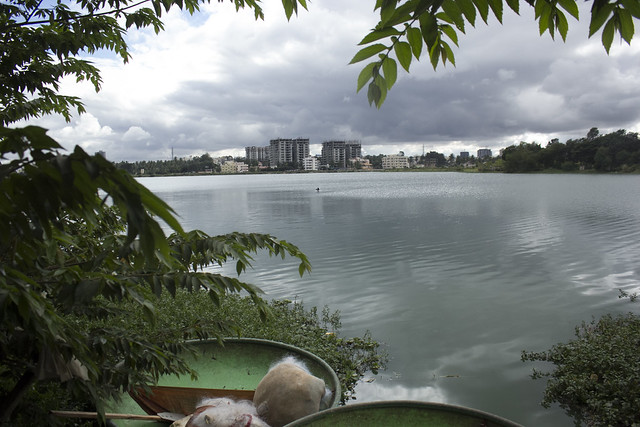
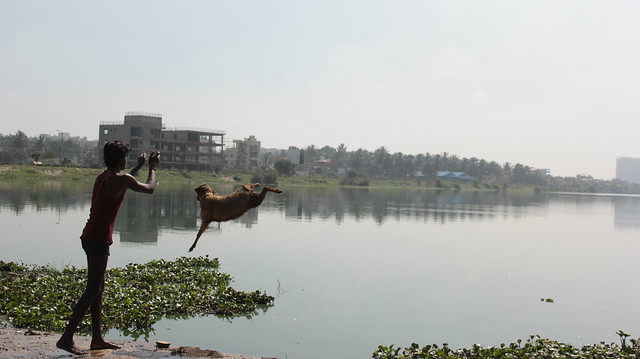

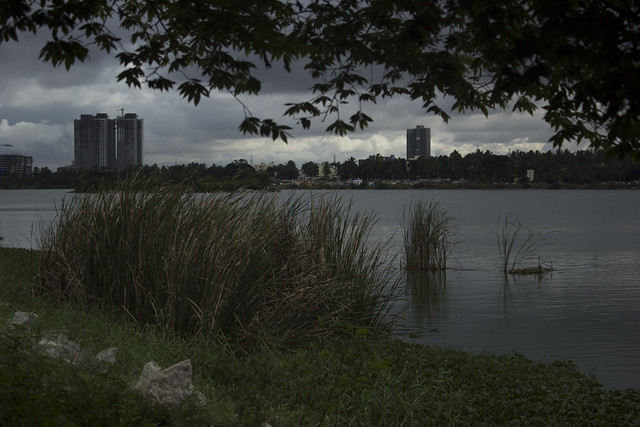
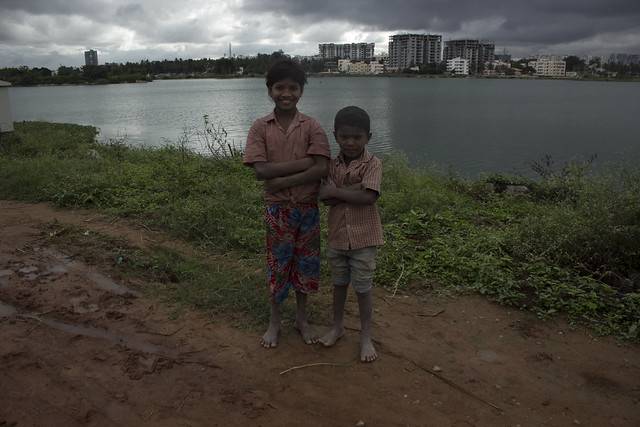
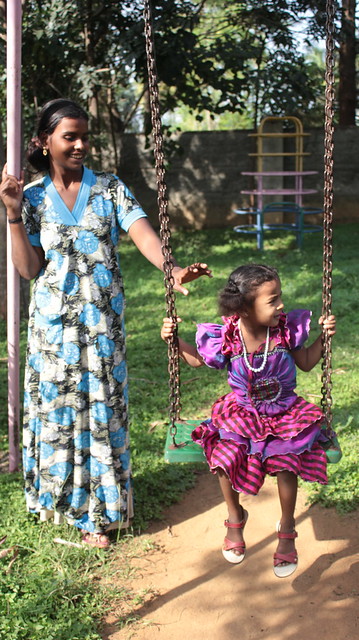
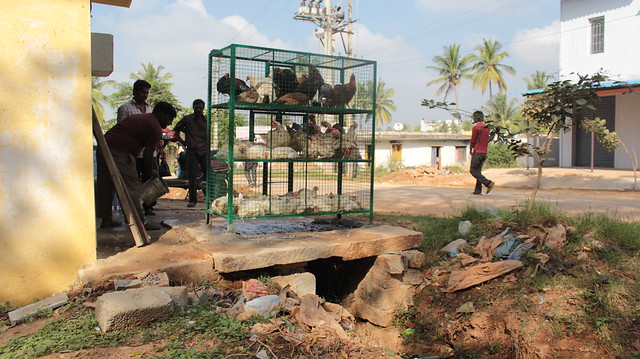
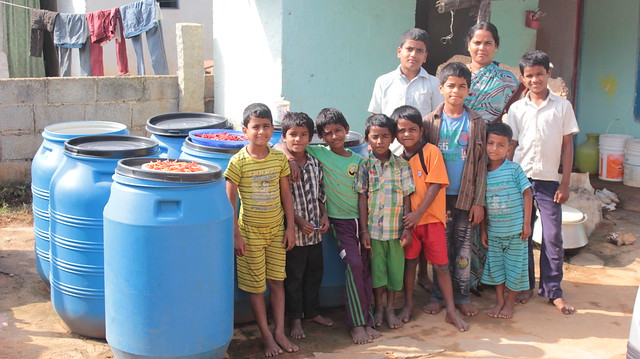
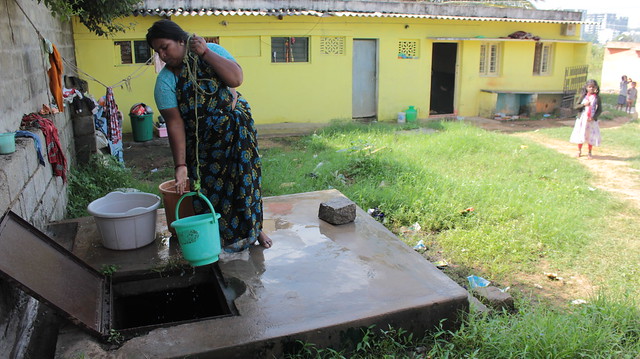
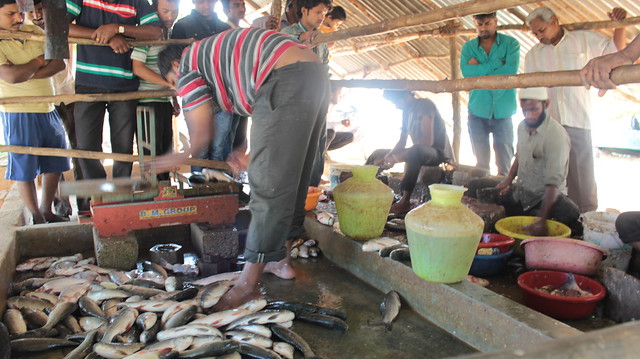
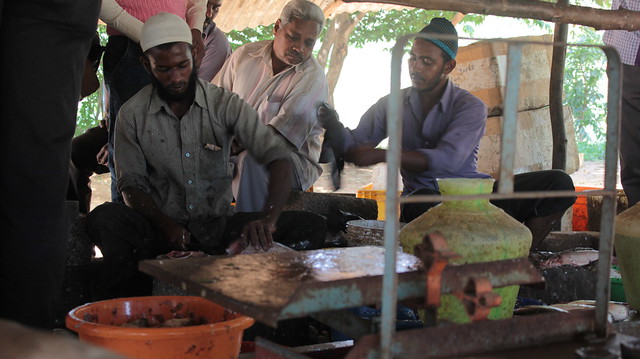

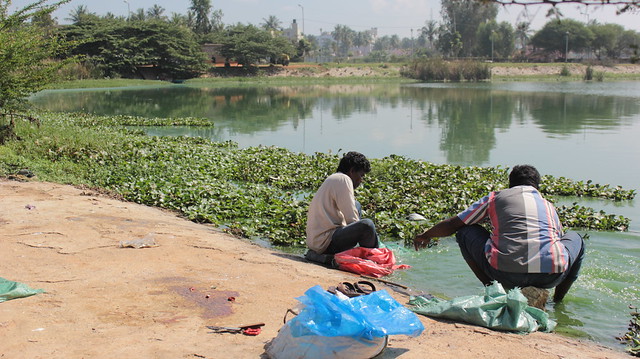
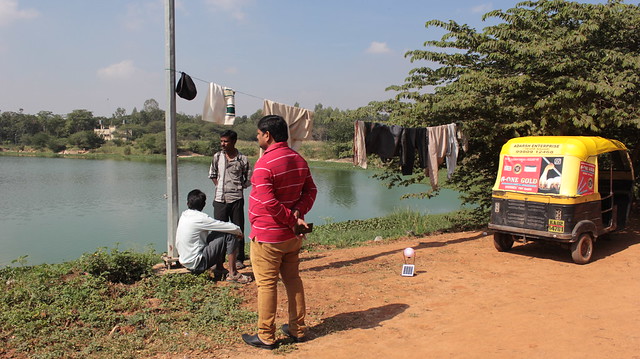
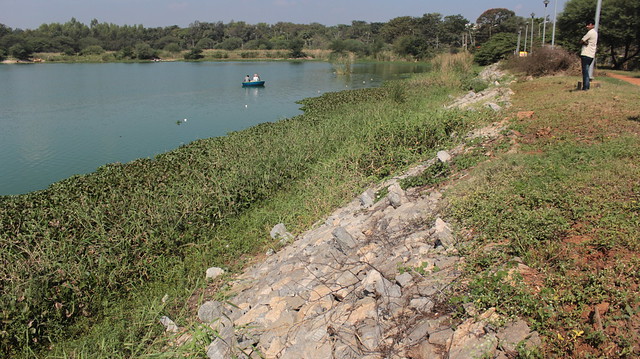
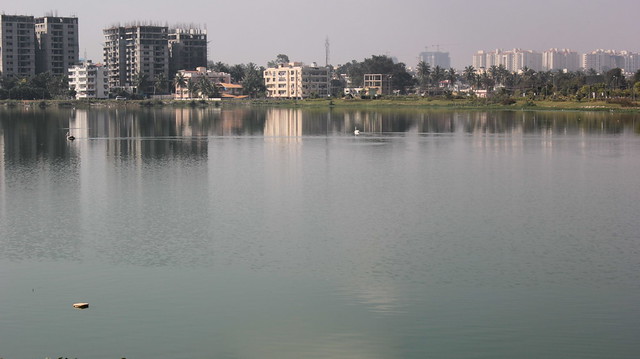
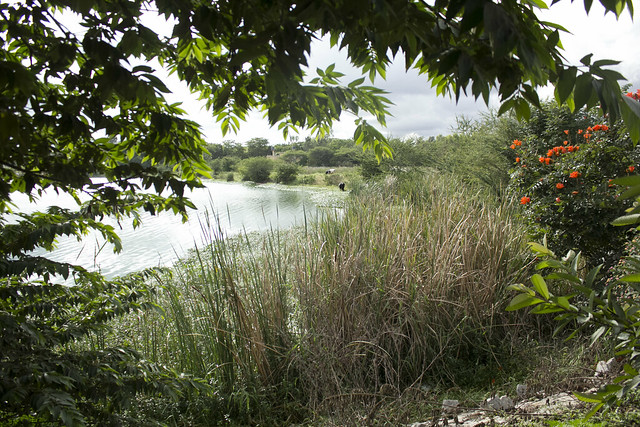
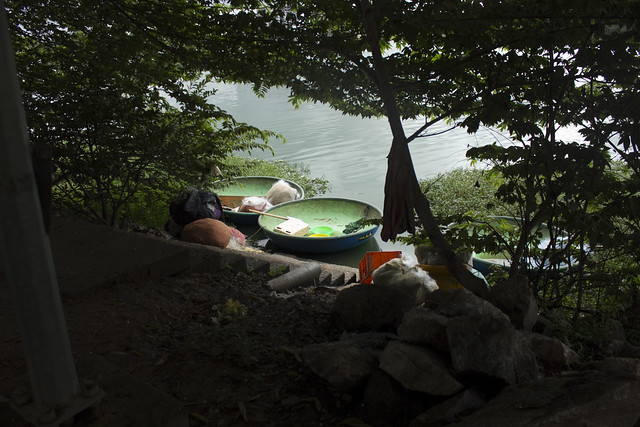
The author and photographer, Sumetee Pahwa Gajjar, has been living in the vicinity of the lake for the last 3 years since her return from Cape Town. The lake and its living waters inspire and intrigue Sumetee. More recently, she has taken an active interest in the many ways that people derive resources from the water body and its surroundings. Pahwa is 'Lead in Practice' at the Indian Institute for Human Settlements, Bangalore, and has a keen interest in rural-urban dynamics and dispossession and distress associated with migrant labor.
The views and opinions expressed in this article are those of the author, and do not necessarily reflect those of India Water Portal.